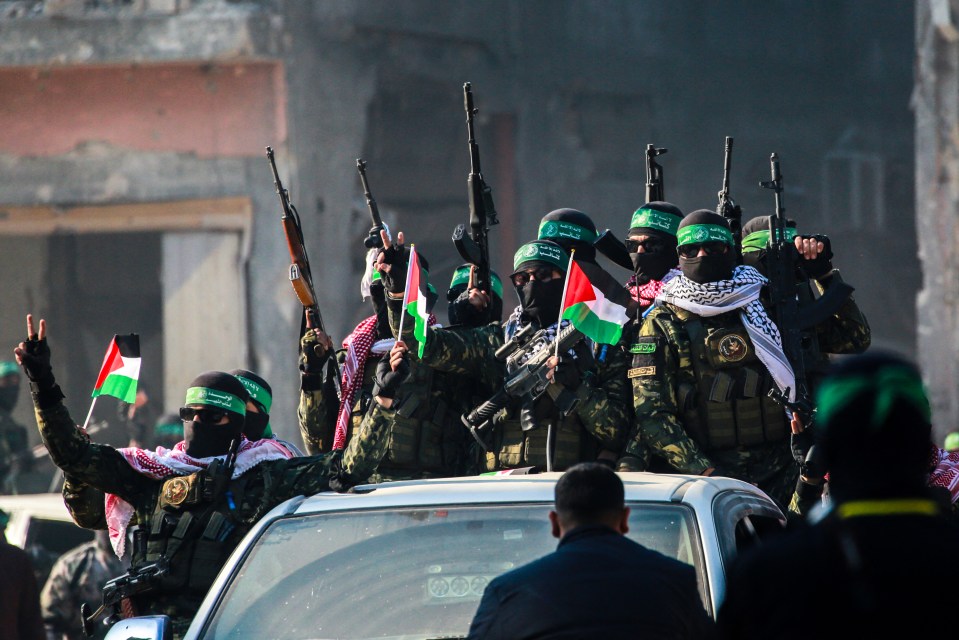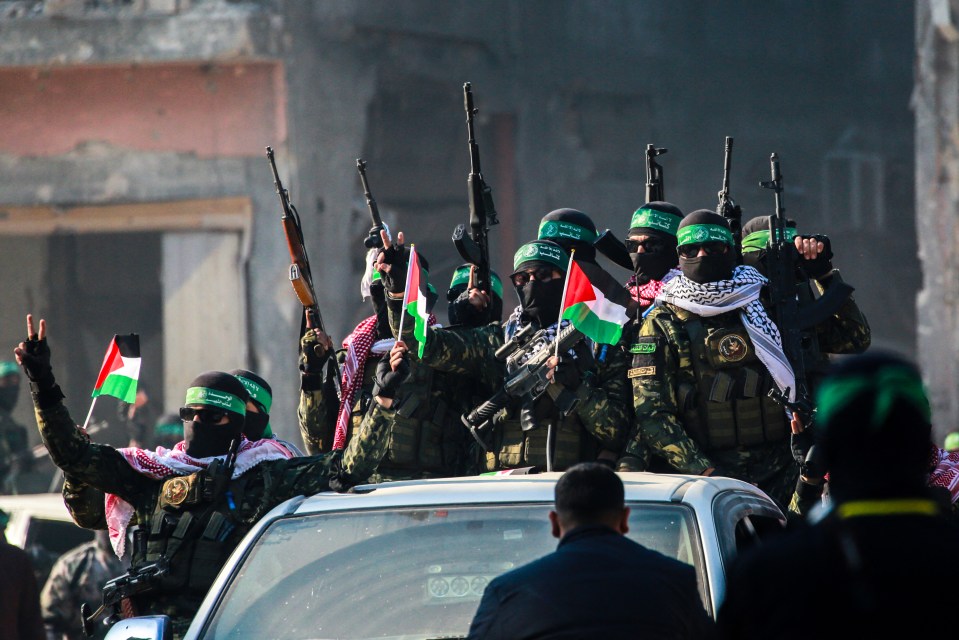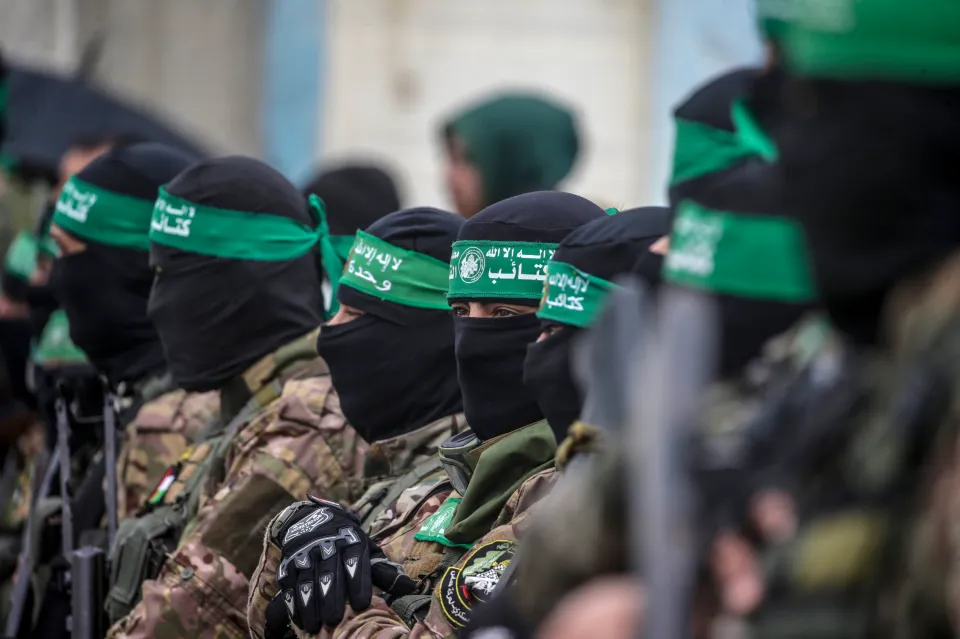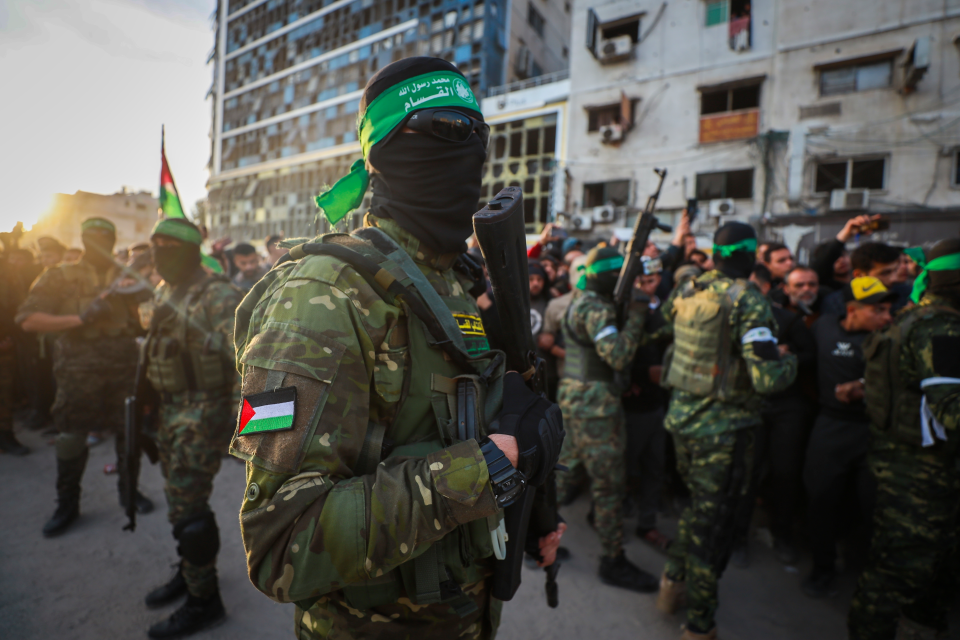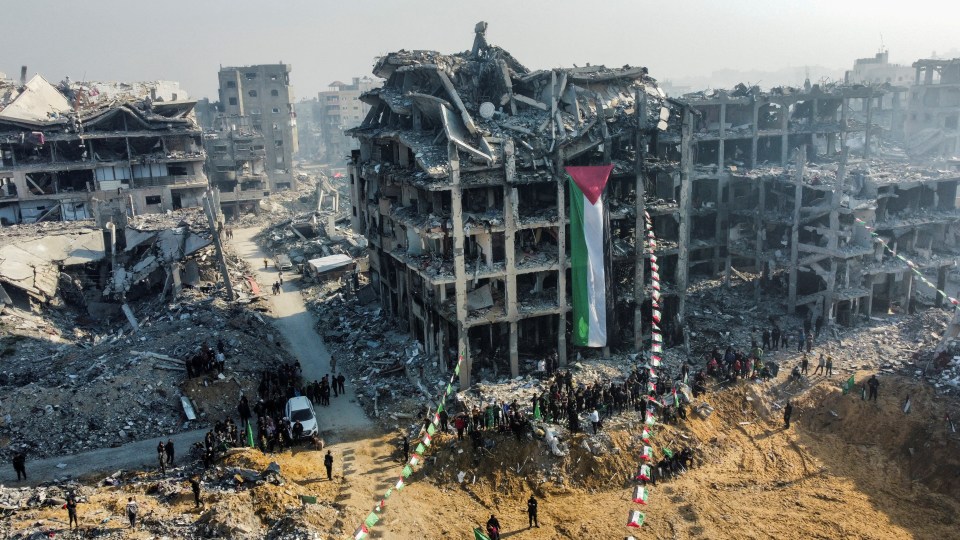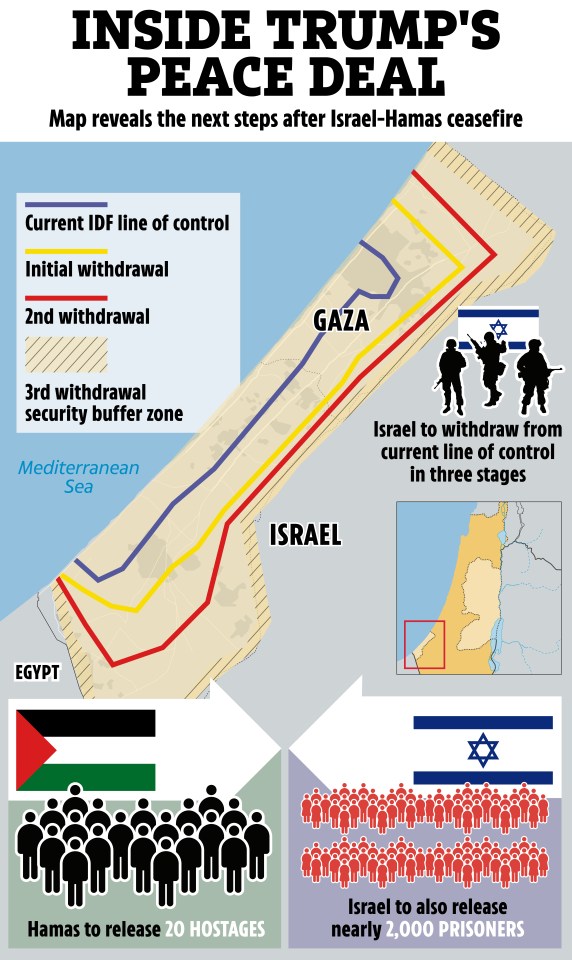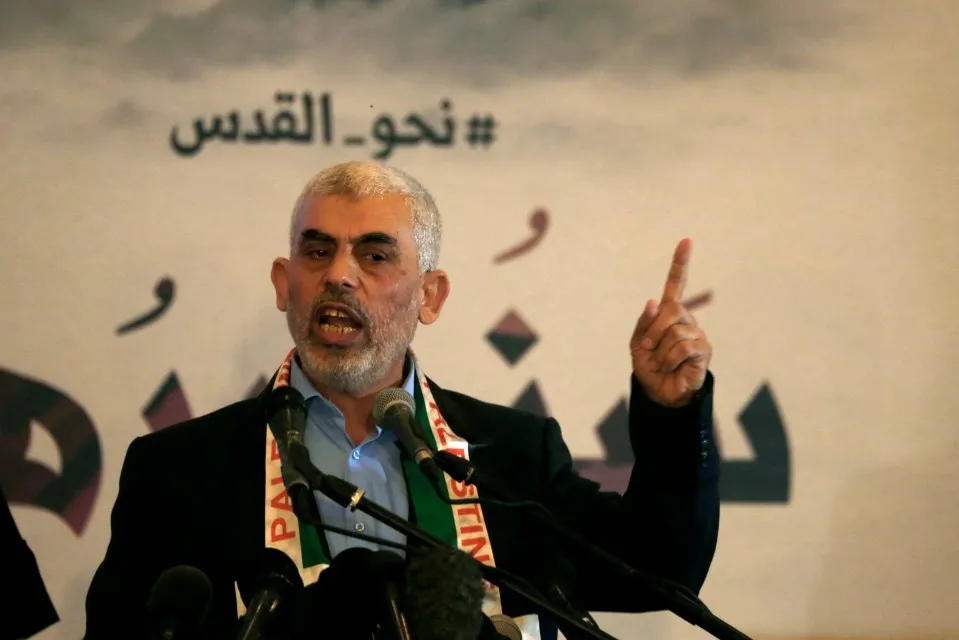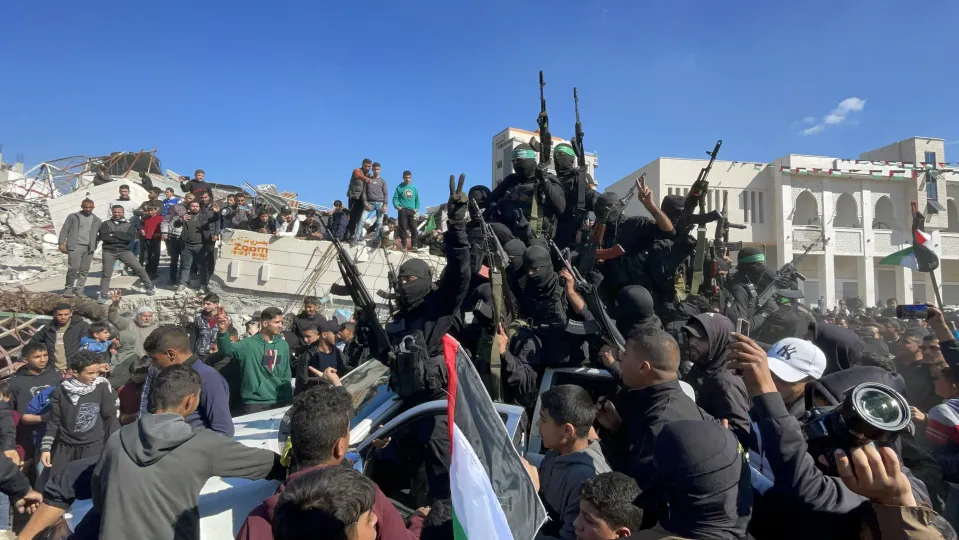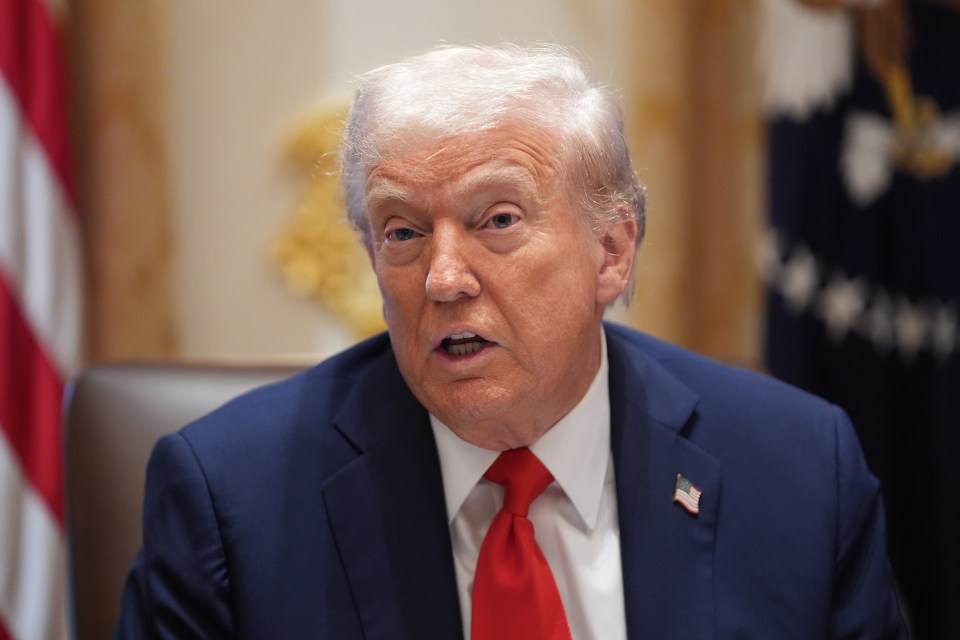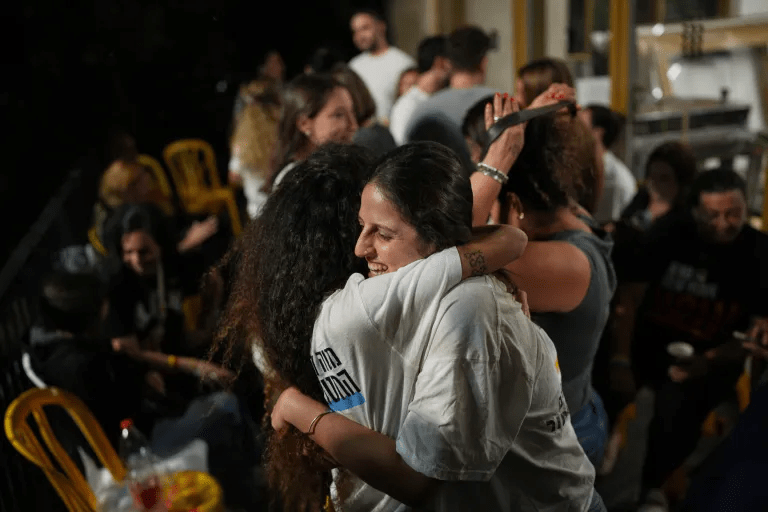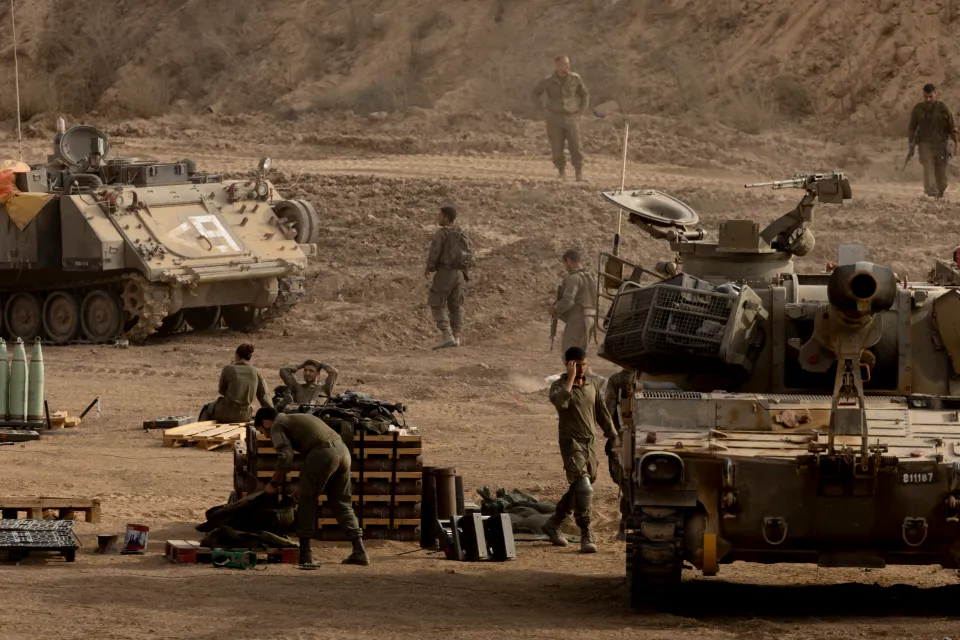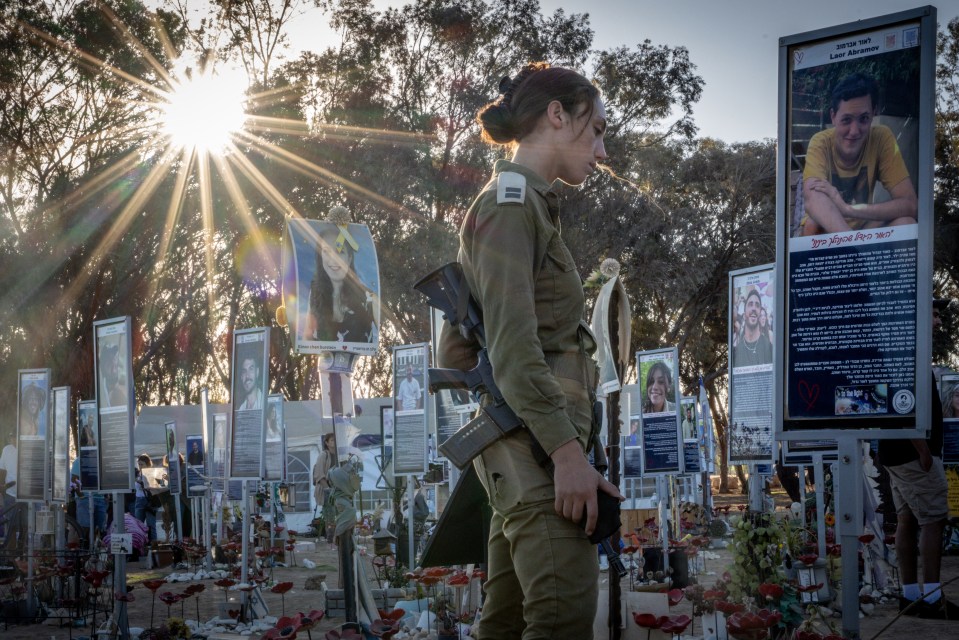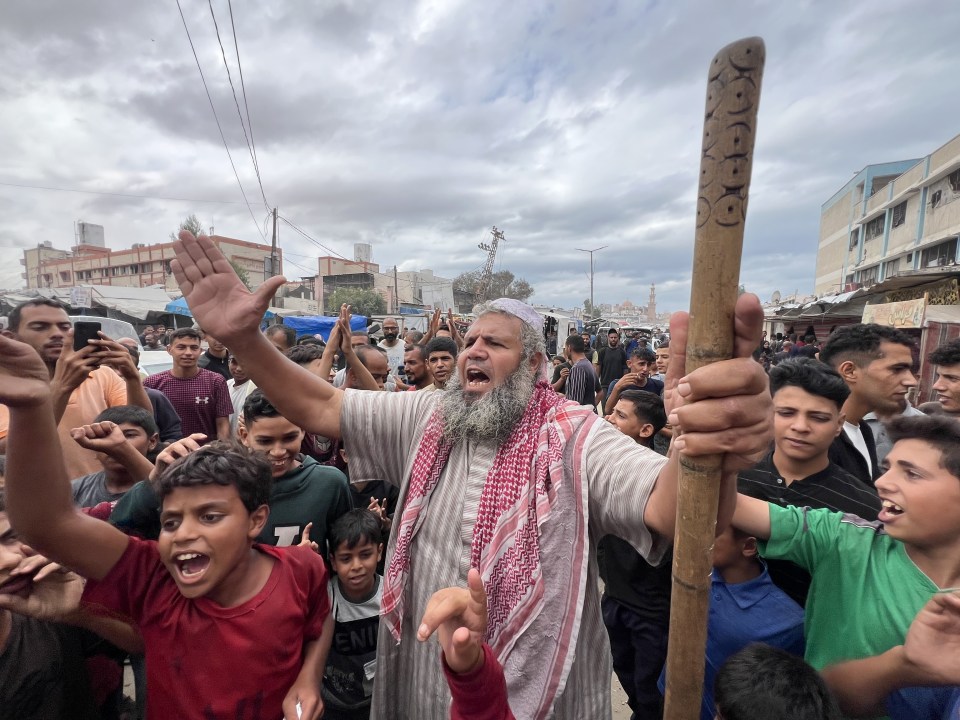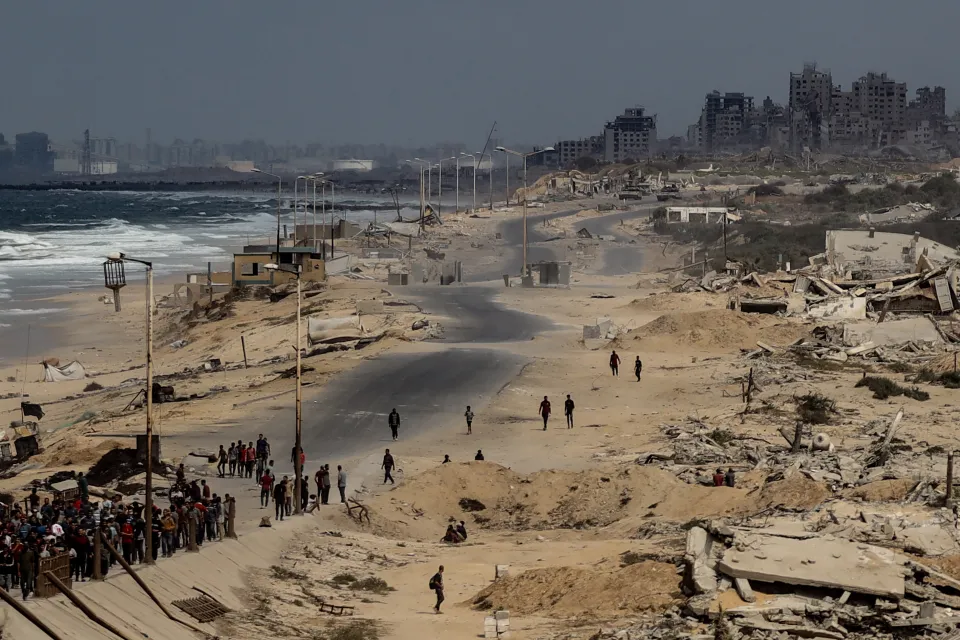HAMAS does not believe in peace and still poses a chilling threat to the West, analysts have warned.
The terror group signed up to Trump’s peace plan which says it must disarm, but has not specifically pledged to do so – and experts have taken this as a bad omen.
A ceasefire officially came into force on Friday – clearing the way for the first phase of Donald Trump’s sweeping peace plan to return the hostages and demilitarise Gaza.
The US announced it would deploy up to 200 troops to Israel to help support peacekeeping efforts in Gaza.
However, signs of trouble are already brewing after a Hamas official rejected the idea of Tony Blair running the strip – one of Trump’s cornerstone measures.
Egyptian-born scholar Dalia Ziada said the much-heralded Gaza ceasefire could prove a deadly illusion.
Ziada, who defied her country’s consensus by backing Israel and was forced to flee after death threats, told The Sun: “Part of me is very happy because finally this brutal war is coming to an end.
“The hostages will be returned. The people in Gaza will be relieved from the horrors of the war.
“Hamas is obviously defeated to the point that they had to finally accept a ceasefire deal.”
But she praised Washington’s muscular return to Middle East power politics: “I am excited to see the United States coming back to the Middle East with its heavy weight and being involved on that level as a partner.”
Ziada’s optimism about a deal stops there, however – warning that the world is underestimating the nature of the enemy.
“This deal is being made with a terrorist organisation, Hamas,” she said.
“Hamas adopts the jihad ideology, violent resistance ideology. They do not believe in peace.”
Even the language, she noted, betrays Hamas’s intent.
“Actually, what they believe in is Hudna. Hudna is truce,” Ziada explained.
“It’s mainly: ‘Let’s take a break so we can rearm, regroup and come back and kill you again’.”
Hussain Abdul-Hussain, an experienced war journalist and researcher, agrees that Hamas will “absolutely not” honour disarmament.
He pointed to their reluctance throughout negotiations to relinquish weapons – and emphasised they have agreed to “freeze their activity and take a break” rather than “give this up for good”.
Abdul-Hussain believes the ceasefire will hold for a while, but not forever.
He ominously warned: “It [fighting] will come back. We just don’t know when.”
Ziada argues that Hamas only accepted Trump’s ceasefire plan because they ran out of options.
She said: “Actually, it’s the last card in Hamas’ hands. The last card in Hamas’ hands was hostages. And that’s why they did everything they can to avoid giving away this card.
“But now Hamas has no other option but to accept, especially after President Trump’s very clear and very direct threatening to them that in case they do not agree, there will be total obliteration.”
But the deal is being struck with “Hamas leaders in suits” in Doha, not the hardened fighters still embedded in Gaza.
That split could prove explosive.
Ziada warned: “I don’t expect that the militia on the ground will be very cooperative.
“We started to see the first sign of this lack of cooperation from the very confused reports coming out of Hamas.”
‘Heavyweight murderers’ loose on the streets
While the remaining Hamas leaders have decided to make enough of the right noises to satisfy the peace deal conditions, they have had no contact with the prisoners who are to be released from Israeli jails.
As part of the deal, Israel will release 250 life sentence prisoners – who likely harbour a severe grudge against Israel and the West.
Richard Pater, CEO of the Britain Israel Communications and Research Centre (BICOM), said: “250 heavyweight murderers, Palestinian terrorists, are being released,
“They’re not being released back into the West Bank and they’ll never be allowed to enter Israel – but some of them are going to be moved to Gaza.”
He said it is a major concern that one of the released convicts will become the new Yahya Sinwar – the terrorist mastermind of October 7.
Sinwar was himself released in a similar prisoner exchange.
Pater fears this deal is “kicking the can down the road”, because “there will be the motivation and the ability of these hardened terrorist leaders to potentially rebuild”.
‘Zero trust’
Asked whether she believed Hamas would stick to the deal, Ziada was brutally clear: “There are no guarantees. First of all, I have zero faith or zero trust in Hamas.
“One hundred per cent. I mean, zero, zero trust in Hamas.”
Even with heavyweights like Egypt, Qatar and Turkey leaning on Hamas to comply, she believes this first stage — halting fighting and releasing hostages — will be the easy part.
The rest of Trump’s 20-point peace plan will be far harder.
She said: “This is, by the way, the easiest step because this is mainly about stop the war, release the hostages, exchange prisoners. That’s it.
“The most difficult part is the other 19 points on the plan.”
Pater warned “there are 101 problems that can still occur” throughout stages two and three of the peace plan – when Hamas is supposed to disarm and the IDF eventually withdraw entirely.
‘They will never disarm’
If anyone imagines Hamas laying down its weapons, Ziada said, they are deluding themselves.
“At this moment Hamas did not say very clearly that they will disarm,” she said.
“They will not disarm under any condition or any pressure. I cannot even picture it like Hamas going and handing their weapons because this means their end.”
Even a temporary pause in violence could serve to revive Hamas’s jihadist ambitions.
“Hamas was drained in the past month to the extent that they started to reach out to the camps of the people displaced inside Gaza and recruit teenagers,” Ziada revealed.
“This will once again revive Hamas appetite to go back to this jihadist struggle.”
And Hamas has already signalled its intent.
Ziada said: “Only days ago in the anniversary of October 7, Hamas and Palestinian Islamic Jihad issued a celebratory statement wherein they said, ‘we will continue our Jihad, we will continue our violent resistance’.”
The terror within
Ziada’s most chilling warning, however, goes far beyond Gaza.
She said the threat has now metastasised into Western societies themselves.
“People are so focused on Gaza like we are all zooming in into Gaza, but we fail to see the consequences of what the past two years has done to our world,” she said.
“The threat to the UK is coming from inside the UK. The threat to the US security is coming from inside the US.
“The attack on the West will continue — the attack on Western values and Western principles and Western way of life will continue in different forms, either by violence or even through nonviolent means as we see in political arenas.”
Abdul-Hussain reminded us that violent Islamist attacks predate October 7, and similarly warned that threat is not going away.
He said: “This is an issue that the West will have to deal with, with or without peace or ceasefire or whatever arrangement exists between Israel and the Palestinians.
And Pater insisted that the UK needs a programme of deradicalisation just as much as Gaza.
He said: “For example, the UK banning the Muslim Brotherhood movement, proscribing it as a terror organisation, not being afraid to call out Islamic extremism for what it is, will be important steps to deradicalise the population.”
“Palestine has become the all-encompassing flag and image for this Islamist global movement. But this movement exists.
“It exists in the West and Gaza is just an extension of it.”
A fragile hope
Yet even amid the warnings, Ziada said there is reason to hope.
She said: “The tears I saw in the eyes of the hostages’ families, their excitement that their children and family members will finally be coming back from this hell… it puts a smile on my face.”
For now, she admits, the world will celebrate a pause in the bloodshed.
But her message is clear: Hamas is not finished — and the West ignores that reality at its peril.
Trump’s 20-point peace plan
- 1. Gaza will be a deradicalized terror-free zone
- 2. Gaza will be redeveloped
- 3. The war will immediately end
- 4. Within 72 hours, all hostages will be returned
- 5. Israel will release 250 dangerous prisoners plus 1700 Gazans detained after Oct 7th
- 6. Members of Hamas who wish to leave Gaza will be provided safe passage
- 7. Full aid will be immediately sent into the Gaza Strip
- 8. Entry of distribution and aid in the Gaza Strip will proceed without interference
- 9. Gaza will be governed under the temporary transitional governance of a technocratic, apolitical Palestinian committee
- 10. A Trump economic development plan to rebuild and energize Gaza will be created
- 11. A special economic zone will be established
- 12. No one will be forced to leave Gaza
- 13. Hamas agrees to not have any role in the governance of Gaza
- 14. A guarantee will be provided by regional partners to ensure that Hamas comply with obligations
- 15. The US will work to develop a temporary International Stabilization Force in Gaza
- 16. Israel will not occupy or annex Gaza
- 17. If Hamas delays or rejects this proposal, Israel can proceed with invasion
- 18. An interfaith dialogue process will be established
- 19. Credible pathway to Palestinian self-determination and statehood can begin
- 20. The US will establish a dialogue between Israel and the Palestinians for peaceful and prosperous co-existence
